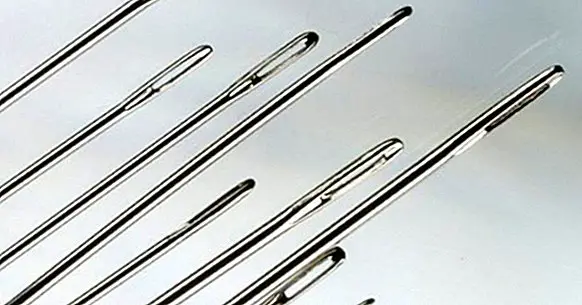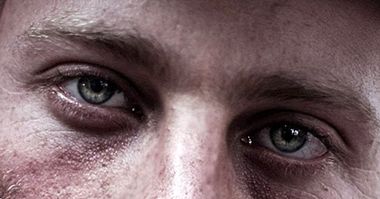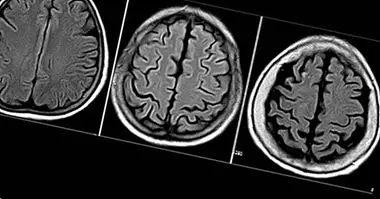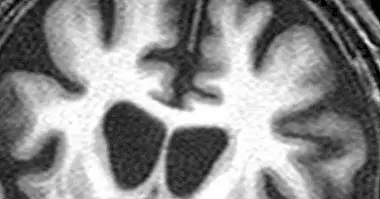Fear of needles (belonephobia): causes, symptoms and treatment
One of the main reasons for attending psychological therapy are phobic disorders, and, among these, one of the most common fear of needles . In fact, some studies claim that up to 10% of the population suffers from this phobia.
While it is true that needles can cause pain if they are violently used, Needle phobia or belonephobia is characterized because the person suffers an irrational terror and a great anxiety that can become incapacitating.
Belonephobia causes, for example, that an individual is unable to go to a health center because of the unreal fear he feels towards these objects. One of the characteristic symptoms of phobias is that the phobic individual tries avoid the stimulus that causes this reaction of discomfort .
In this article we will delve into the characteristics of the fear of needles and we will repair what their causes are, their symptoms and their consequences.
- Related article: "Types of Anxiety Disorders and their characteristics"
What is the fear of needles
For many people, the fear of needles only manifests itself at specific moments, for example, when one must be vaccinated. However, for other individuals, it may appear more frequently, imagine when someone is diabetic and must inject insulin.
The fear of needles is a phobia, and therefore belongs to the group of anxiety disorders . It is an intense, irrational and persistent fear towards some situations in which the phobic stimulus, that is to say the needles, can be present, but also towards the syringes and the possibility of receiving injections, as well as the trypanophobia or fear of injections.
Belonephobia is often associated and often confused with fear of blood (hematophobia) or fear of sharp objects (aicmofobia). Mind you, these people do not necessarily experience fear of blood and other sharp objects, which serves to distinguish between belonephobia, aicmofobia and hematofobia .
This type of phobia belongs to specific phobic disorders that are usually fears to certain objects or situations. For example: cats, spiders, snakes or the fear of flying.
- Related article: "Types of phobias: exploring the disorders of fear"
Causes
Phobias are often learned fears. These fears are developed by a type of associative learning called classical conditioning, after a traumatic event. For example, after having a bad experience with needles.
In fact, the scientific community is in favor of the idea that phobias are learned, and one of the figures that has contributed the most in this sense is John Watson , an American psychologist who in the 1920s caused a child named Albert to develop an irrational fear of a white rat he had previously adored.
The objective of the experiment was to observe the emotional reactions of the child, who at the beginning played with the animal with total normality. However, throughout the sessions, the rat was presented along with a loud noise that scared the little one. After several presentations of both stimuli together, the little Albert was developing fear of the rat even without the presence of loud noise.
If you want to know more about this type of learning, you can read this article: "Classical conditioning and its most important experiments".
Other causes of this phobia
But the phobias they can also be learned by observation , in what is known as vicar conditioning. That is, the person can see how an individual screams when they are going to give him an injection and can develop a strong fear towards the needles.
Other authors affirm that human beings are biologically predisposed to suffer phobias, since fear is an adaptive emotion that has been key to our survival because provokes a fight or flight response . That is why fear has to do with the primitive areas of the brain and develop by primitive and non-cognitive associations. In other words, they are not modifiable by logical arguments.
Symptoms and signs
This type of phobia can appear in different situations. For example:
- Seeing needles
- Having contact with nurses or nurses and doctors and doctors
- By hurting yourself and anticipating injections
- When visiting the dentist
- Being near a medical center or hospital
- When using clothes pins
- See needles on television
- The smell of antiseptic that reminds a hospital
When the person suffering from this phobia is in any of these situations, he experiences a series of cognitive, behavioral and physical symptoms. They are the following:
- Cognitive symptoms : irrational thoughts, anguish, anxiety, extreme fear, thoughts of imminent death, confusion, lack of concentration, etc.
- Behavioral symptoms : attempt to avoid the feared stimulus.
- Physicists : headache, shortness of breath, stomach pain, nausea, dizziness, etc.
Treatment of belonephobia
Although this type of phobia is very common, it also has a high percentage of success in terms of treatment, according to scientific studies. There are different psychological therapies that work, but the most used is cognitive behavioral therapy.
This form of therapy uses different techniques, and to treat phobias, The most effective are relaxation techniques and exposure techniques . A technique that combines both is systematic desensitization, which involves exposing the patient gradually to the phobic stimulus, but beforehand must have learned different coping strategies, such as the aforementioned relaxation techniques.
Other types of therapy very effective they are cognitive therapy based on Mindfulness or acceptance and commitment therapy, which belong to third generation therapy. If you want to know more about these therapeutic methods, you can read the article "What are third generation therapies?".
New technologies and phobias
New technologies are also used to improve the quality of life of people with phobias. Online therapy is increasingly used , and virtual reality has proven to be very effective as an exposure method. In fact, there are even different mobile apps that are designed to help people suffering from a phobic disorder.
You can know more in the article "8 apps to treat phobias and fears from your smartphone".



















